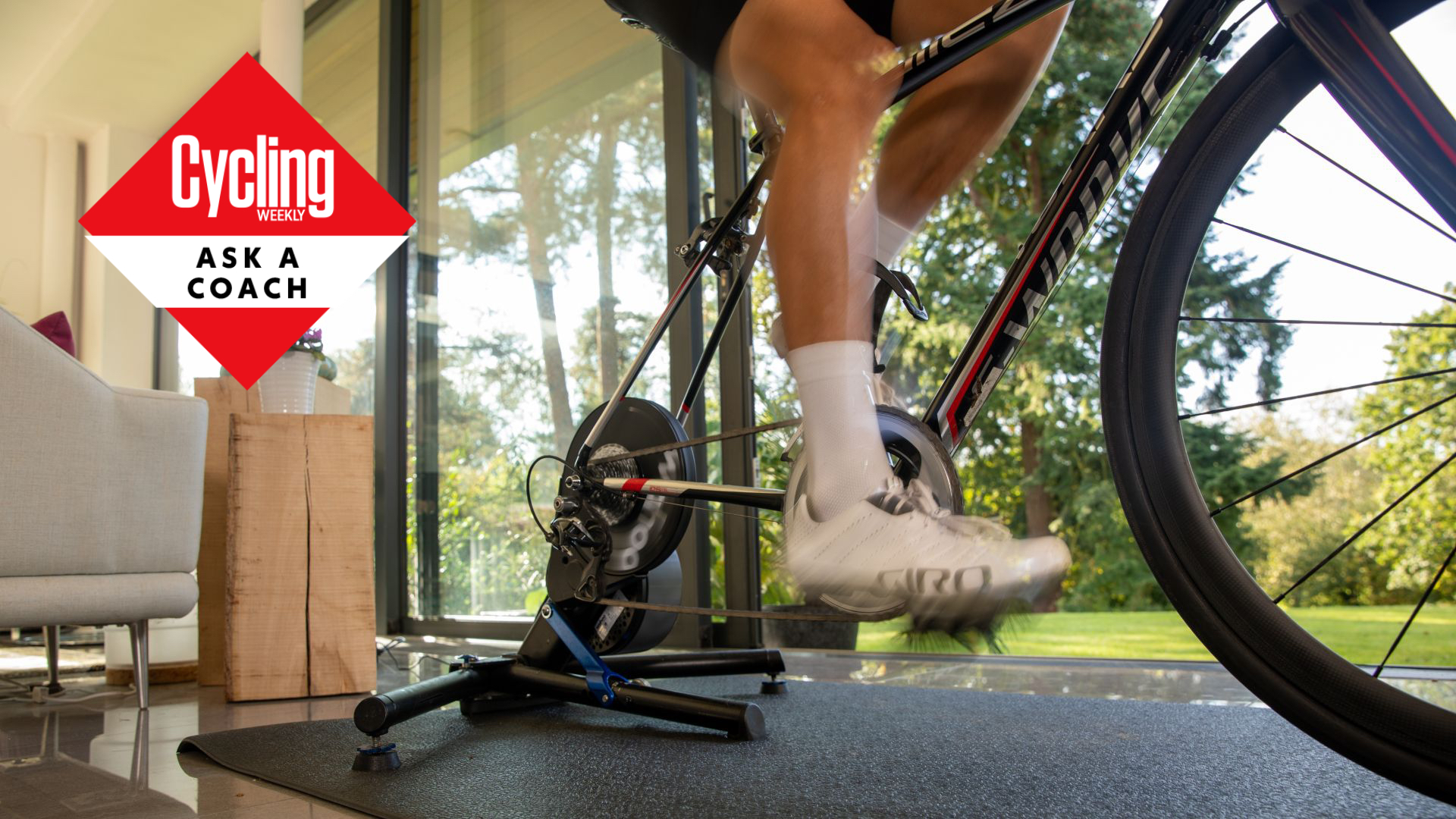
Which is better: high cadence or low cadence? It’s one of those questions that keeps coming up, often simply because we want to try to understand why the top pro rider of the day is pedalling the way they are.
In this feature we’ll examine some of the myths around cadence, along with caveats and nuances – and then we’ll find out what proper scientific research has to say on the matter.
Low or high cadence: what's the difference?
Differences in cadence have been well studied with some interesting findings. Freely chosen cadence often increases with power output, which may explain why you see pros with a fast cadence, as often the power they produce is much higher than your average cyclist. But pinpointing the optimal cadence for an individual can be difficult as there are so many factors to look at, with factors such as efficiency and economy very closely linked to the amount of power produced.
Another finding from research – and one we all notice – is how our cadence changes as we start to struggle on gradients. Unsurprisingly, as the road gets steeper our cadence typically decreases. However, between gradients of 0-4% there is a large range in our freely chosen cadence.
What are the disadvantages of a low cadence? Well, If I am pedalling at 250 watts at 60rpm this requires 39.8Nm of force, which equates to 4.1kg. Pedalling the same power at 90 rpm requires less force – 26.5Nm/2.7kg.
Although we’re talking about a relatively small amount of force for a single pedal stroke, over many revolutions the higher amount of force per revolution due to the lower cadence could lead to injury if your bike position isn’t correct.
While we’re on the subject, keep an eye on the wear on your cleats and pedals by checking them regularly. Many riders forget to check them until they are on their last legs, which again can lead to an increase in injury.
Do you have to train cadence?
Racing is where cadence-specific work can be effective. Take track racing for example, where high and low cadence work is a staple part of a training programme. Being able to react and respond fast is a key element. Imagine an attack comes and you are in a big fixed gear with a low cadence. If it takes you too long to turn that gear over and get up to speed, the gap has been made and the rider has gone. Low-cadence training is often referred to as strength training, also ‘torque’ training or ‘slow frequency revolution’ training (SFR).
Conversely, if you are at a high cadence, you need to be able to respond quickly, accelerating at an even higher cadence – and that’s where the leg-speed drills will help.
Is there an optimal cadence for best power?
Session 1 – Minute spins
60 minutes zone 1-2 but every 5th minute increase your cadence by 20rpm for 60 seconds
Session 2 – Faster and faster
This is a pyramid-style session where you complete 2-4 sets of 10-minute efforts around Zone 2-3 to start and Zone 3-4 if you want a little bit of progression. The total session duration can be 60 minutes. The aim here is to increase your cadence by 5 rpm every minute for that 10-minute block with 5-10 minutes of easy riding at your preferred cadence in between.
Research suggests that our optimal cadence for maximal power is around 120rpm and for your sprint specialist we are looking more towards 130rpm, as preferred by the likes of Mark Cavendish.
It’s possible to measure the average torque produced during a pedal revolution; some head units have this as a data field. With more precise power meters such as the SRM Science, you can view a specific torque analysis box. There are also large laboratory-based bikes where you can measure the force throughout the pedal stroke, such as the Wattbike.
Coaches can also evaluate how you produce your maximal power through a force-velocity assessment, which can help direct your training needs. The force-velocity assessment examines the maximal power and cadence relationship. It is used to determine at what cadence you can produce the most amount of power and how quickly you produce it.
Often it can be about using a cadence which feels best for you, and this can be based on rating of perceived exertion (RPE) or in other words what it feels like for you. Pedalling on the flat at 60-70 rpm will feel a lot easier than 100 rpm, especially if you’re on an easy ride.
That said, on the flat I would advise aiming for 80-95 rpm. If you find this harder, stick at it as over time it will start to feel easier. A great training aid here is the use of rollers.
Conclusion
With cadence being such a hot topic, I often talk about being a “dynamic cyclist”, a scenario in which you’re happy and capable of producing power across the power and cadence spectrum.
As I mentioned, if you always ride at a low cadence do ensure you are fitted to your bike properly, and ensure your cleats and pedals are not worn so as to minimise any chance of an injury. Finally, introducing some cadence work into your cycling sessions can be a great way of adding in some variation, particularly throughout the winter months.






